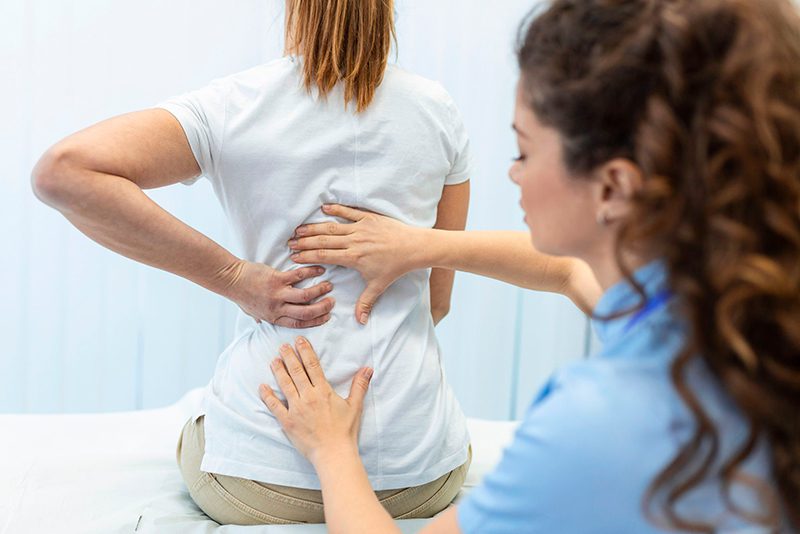Menopause, a natural transition for women, marks the end of menstruation and fertility. While many women experience a range of symptoms during this time, one significant concern is the increased risk of osteoporosis.

Does Menopause Directly Cause Osteoporosis?
Menopause doesn’t directly cause osteoporosis, but it’s a significant risk factor. Here’s why:
- Estrogen and Bone Health: Estrogen, a key female hormone, plays a vital role in maintaining bone density throughout life. During menopause, estrogen levels decline significantly. This decrease in estrogen accelerates bone loss, making women more susceptible to developing osteoporosis.
- Porous Bones and Increased Fracture Risk: Osteoporosis weakens bones, making them more porous and brittle. This increases the risk of fractures, especially in the hips, spine, and wrists.
The Bone Loss Process:
The image you described likely depicts a femur (thigh bone) with osteoporosis. Healthy bone is dense and strong, while the osteoporotic bone shows increased porosity, meaning it has more holes and spaces within its structure. Over time, this can lead to a significant weakening of the bone, making it more prone to fractures.
Importance of Prevention and Treatment
The good news is that osteoporosis is preventable and treatable. Several strategies can help manage bone health during and after menopause:
- Calcium and Vitamin D: Adequate intake of calcium and vitamin D are crucial for bone health. These nutrients can be obtained through diet, but supplements might be necessary to meet daily requirements.
- Exercise: Weight-bearing exercises that work against gravity, like walking, jogging, or dancing, can help maintain bone density.
- Hormone Replacement Therapy (HRT): While HRT has been a topic of discussion, low-dose HRT can be an option for some women to help prevent bone loss. However, consulting with a healthcare professional is essential to determine if HRT is suitable for you.
- Medications: Several medications are available to treat and prevent osteoporosis, including bisphosphonates and denosumab. Your doctor can recommend the most appropriate medication based on your individual needs.
Conclusion
Menopause is a natural part of life, but it’s important to be aware of the increased risk of osteoporosis during this transition. Early diagnosis and intervention can significantly impact maintaining strong, healthy bones and reducing the risk of fractures. Talk to your doctor about your individual risk factors and how you can best manage your bone health throughout your life.